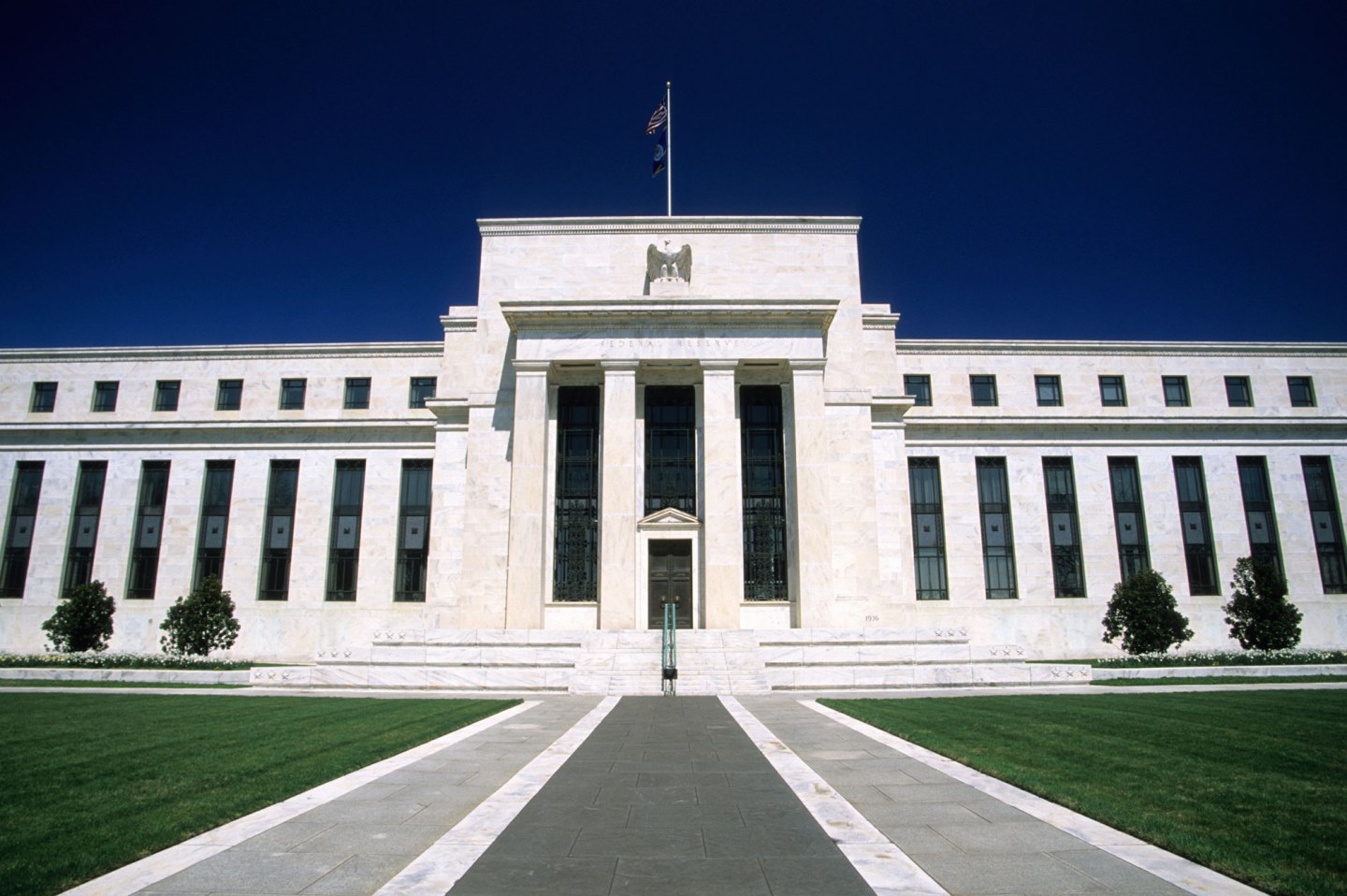The Federal Reserve is thinking about raising interest rates, not in the way that you think.
Earlier this week, the Financial Timesreported that Fed officials are considering imposing an exit fee on bond funds. The fear is that when the Fed raises interest rates, investors, trying to avoid losses (bond prices fall when rates rise) will flee. This could cause rates to spike. And apparently one way the Fed is trying to avoid that is with these exit fees. Charge people to leave bonds, and fewer people will, so the thinking goes.
The Fed has good reason to be nervous. Decades of falling interest rates has taught individual investors that bonds are safer than stocks. And they generally are, but not always. But investors don’t seem to understand this. Even with interest rates near historic lows, and lots of people predicting that interest rates will soon rise, individuals have continued to pour money into bond funds this year, though a little bit slower than in the past.
So when rates rise, and bond funds start losing money, that’s going to be a shock. What’s more, recent regulations, notably the Volcker Rule, have limited the amount of bonds banks can trade. That trading used to temper movements in the bond markets. No more.
And in part it’s a problem the Fed has created. The Fed’s low interest rate policy has driven more and more money into bond funds as investors search for higher yields. Since those investors are just looking for the highest returns, and not say buying bonds their financial advisor told them they needed bonds as part of their retirement planning, they are more likely to jump when rates rise. It’s hot money.
Last year, when the Fed hinted that it was going to stop buying bonds, tapering its quantitative easing, bond yields jumped nearly 2% points in just a few days. That spike seemed to worry Fed officials, who quickly delayed those plans.
But if the Fed wants to limit the damage of raising interest rates, imposing exit fees on bond funds is a bad way to do it.
“The whole proposal is stupid,” says Bob Eisenbeis, an economist and strategist at Cumberland Advisors and a long-time Fed watcher.
The main problem: Imposing a fee won’t keep interest rates low. It will probably do the opposite and cause a jump in interest rates.
Once it became clear that the Fed was going to impose an exit fee, investors would probably rush to sell to avoid the fee. That would drive up interest rates. New bond investors would probably demand a higher return to compensate for the added costs of investing in bond funds.
Of course, you might say who cares. If the Fed is looking to raise interest rates, then it can just impose the exit fees instead of actually raising official short-term interest rates.
But there’s a difference. The longer the Fed keeps interest rates near zero, the riskier it gets for the central bank. Already, the economy has been growing, albeit slowly, for longer than most economic expansions. If the economy were to slow, and the interest rates were still at zero, the Fed wouldn’t have its main tool to stimulate the economy. Interest rates can’t fall lower than zero. I mean they can, but then this happens.
The Fed has tried similar measures in the past. Back in the 1980s when rates were higher than usual, the Fed capped the interest banks could pay on savings accounts. A number of thrifts couldn’t afford the high rates. So capping it for all banks would keep those thrifts in business.
Instead, the plan backfired. A number of financial firms created money market funds, which weren’t actual banks so they could pay as high interest as they wanted. Investors pulled their money out of banks, and the thrifts failed anyway.
What’s more, it’s not even clear the Fed needs the plan. Most strategists predicted that interest rates would increase long ago, and they haven’t. In fact, interest rates have dropped this year, even as the Fed has cut its purchases. And while the Fed is likely to soon stop adding to its bond portfolio, all signs are that it’s likely to keep it at $4 trillion for a while. To do so, the Fed will have to buy hundreds of billions of dollars of bonds a year, starting in 2016, to replace the ones that come due. That buying could sop up at least some of the selling by individual investors.
The one thing the proposal is sure to do is to give critics of Janet Yellen & Co. Another thing to hammer on about when they list their reasons the U.S. Central bank is out of control and pointing us toward another financial crisis. And the last thing we need is for the Fed-mongering to get any worse.
